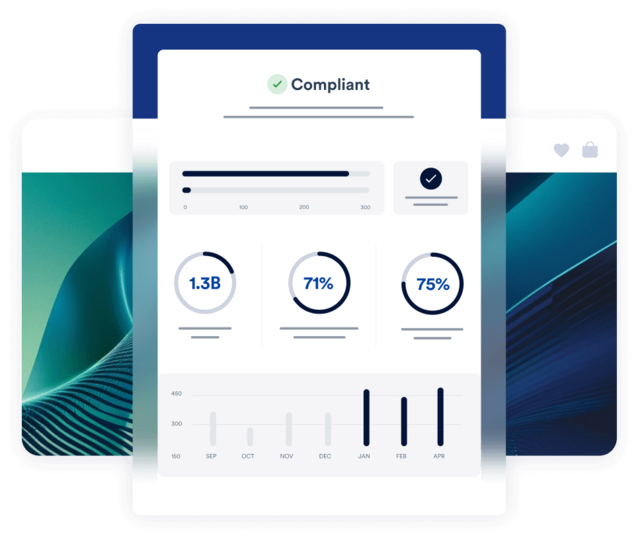As digital technologies evolve, the importance of web accessibility continues to grow, ensuring that all users, including those with disabilities, can enjoy equal access to information and functionalities. This exploration into the future of web accessibility reveals how trends and innovations in technology and design are paving the way for a more inclusive digital landscape.
AI and Machine Learning
Artificial intelligence (AI) and machine learning (ML) are at the forefront of technological advancements that promise to revolutionize web accessibility. By leveraging AI and ML, developers can create adaptive systems that personalize the user experience and enhance accessibility in real time.
Predictive Text and Voice Recognition
AI-driven predictive text and voice recognition technologies have significantly improved the efficiency and accuracy of input methods for users with mobility and visual impairments. These technologies enable voice commands and intelligent predictive text to assist in navigation and interaction, reducing the need for traditional input methods that can be a barrier to accessibility.
Image and Video Recognition
AI is also transforming the accessibility of visual content through advanced image and video recognition technologies. These systems can automatically generate descriptive alt texts for images and provide real-time audio descriptions for videos, thus enhancing content accessibility for visually impaired users. This not only aids in compliance with web accessibility guidelines but also enriches the user experience by making content more comprehensible and engaging.
Advanced Assistive Technologies
The development of assistive technologies has been critical in providing access to digital content for users with disabilities. As these technologies advance, they are becoming more integrated and capable of providing a seamless experience for all users.
Enhanced Screen Readers
Modern screen readers are becoming more sophisticated, capable of providing context-aware guidance and support. These next-generation screen readers can adapt to the structure and semantics of web content more effectively, offering a more natural and intuitive navigation experience that goes beyond simple text-to-speech functionality.
Smart Accessibility Gadgets
Emerging gadgets such as smart glasses and tactile feedback devices are expanding the horizons of web accessibility. These devices can translate visual information into auditory descriptions or tactile feedback, thus providing alternative ways for users with visual impairments to interact with digital content. These innovations not only enhance accessibility but also push the boundaries of how we think about human-computer interaction.
Inclusive Design Practices
Inclusive design is increasingly being recognized as a fundamental component of all web development projects, not just an afterthought. This approach involves designing systems that are accessible to as many people as possible, regardless of their abilities or contexts.
Universal Design Principles
The principles of universal design advocate for creating flexible, simple, and intuitive interfaces that cater to a wide range of users. This approach benefits not only individuals with disabilities but also the wider population by providing a more usable and robust user experience.
Design for One, Extend to Many
This design philosophy involves creating solutions for individuals with specific accessibility needs, which can then be extended to benefit a broader audience. For instance, a solution designed for a user with one arm might lead to the development of hands-free navigation technologies that would benefit a wider user base, including those who may need to operate devices in hands-busy scenarios like driving or cooking.
Regulatory Developments
As the digital world becomes increasingly essential, regulatory frameworks are also evolving to ensure that web accessibility is not overlooked. These developments play a crucial role in shaping the practices and standards around web accessibility.
Global Accessibility Standards
Efforts to harmonize accessibility standards across different regions and countries are gaining momentum. This global approach facilitates the development of universally accessible systems, reducing complexity for developers and businesses operating in multiple markets.
Legal Mandates
Legal requirements for accessibility are becoming more stringent and widespread. These mandates not only ensure compliance but also promote a culture of inclusivity, pushing organizations to prioritize accessibility not just to avoid penalties but to benefit from being more accessible.
Conclusion
The future of web accessibility is marked by exciting technological advancements and a shift towards more inclusive and holistic design practices. By staying informed about these trends and innovations, developers, designers, and organizations can ensure that their digital offerings are not only compliant with current standards but are also prepared for the evolving expectations of a diverse user base. This commitment to accessibility is essential for creating an inclusive digital world where everyone has equal access to information and technology.
Talk us today
Talk us today

